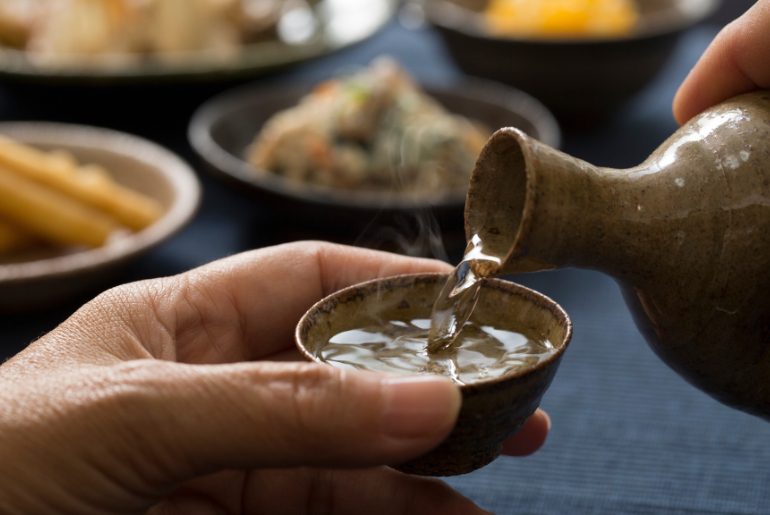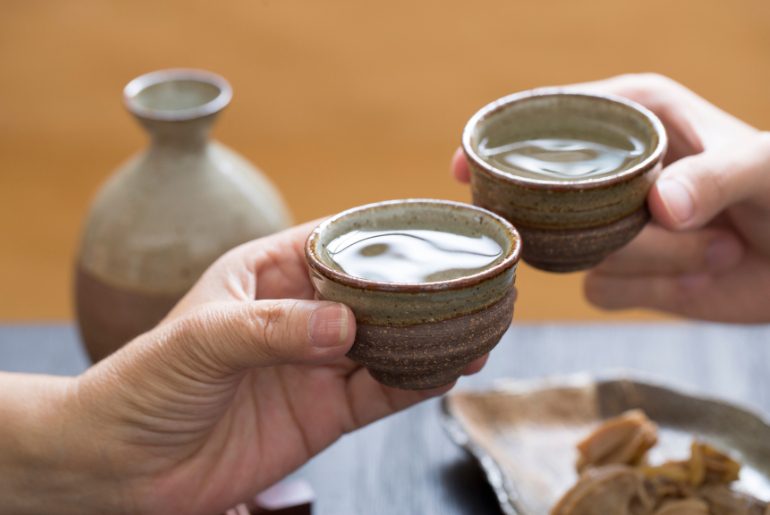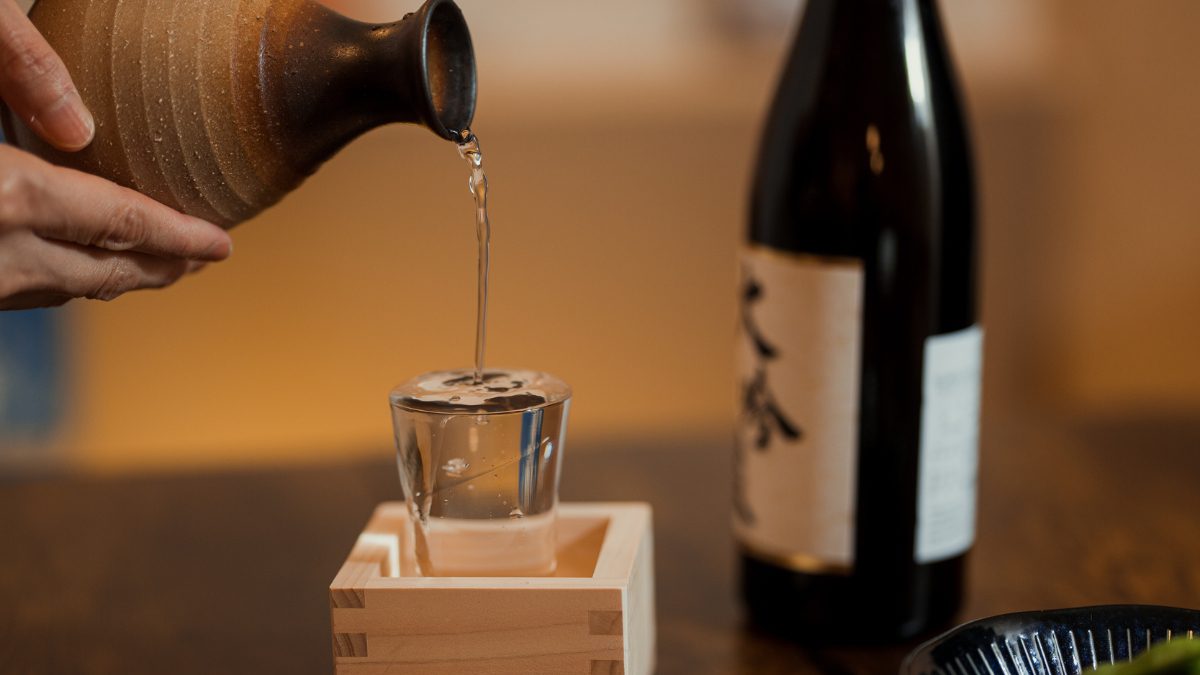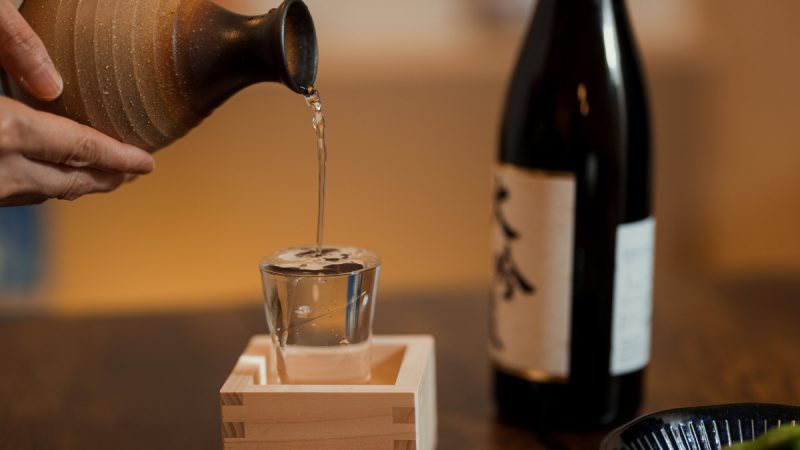In a milestone that resonates deeply with Japanese tradition and pride, the art of sake-making has been recognised by UNESCO as an “intangible cultural heritage of humanity.” Sake is a beverage with over a thousand years of history and tradition This honour emphasises not only its craft but also its cultural and spiritual significance.
UNESCO Honours Sake, Japan’s Iconic Rice Wine

A rice, water, yeast, and koji mold-based alcoholic beverage, sake is more than just a drink. At festivals, weddings, and rites of passage, it is an essential and revered representation of Japan’s cultural heritage. A key component of ceremonies, it is regarded as a gift from God and is offered to the gods, poured in symbolic rituals, or shared to fortify social ties. A staple of Japanese cuisine and culture, the smooth rice wine is enjoyed in everything from the vibrant izakayas to the sombre temple ceremonies.
This UNESCO designation honours not only the beverage but also the complex craft and cultural environment that make it possible. The announcement was made while the UNESCO committee celebrated 45 new cultural practices around the world in Luque, Paraguay, as per the CNBC TV 18 reports.
A Renewed Global Spotlight

Sake-making, or nihonshu production, is an art form requiring meticulous skill, patience, and collaboration. The process begins with premium Japanese rice, steamed and inoculated with koji mold, which converts starches into sugars. Over two gruelling months, the mixture is fermented, stirred, and pressed under the guidance of a toji (master brewer) and kurabito (brewery workers).
Sake has been around for more than a thousand years. In Japan’s literary masterpiece from the eleventh century, The Tale of Genji, it is mentioned that it was the preferred beverage in the aristocratic Heian court. Sake is still an integral part of Japan’s identity, despite its lengthy history.
With the UNESCO recognition, sake-makers hope to revitalise its image as Japan’s premier alcoholic beverage. According to CNBC TV 18, Prime Minister Shigeru Ishiba expressed delight at the UNESCO honour, calling it a tribute to those who have worked tirelessly to preserve the craft.
Sake is not only a source of national pride but also a growing contributor to Japan’s economy. This new recognition could further elevate sake’s status internationally, enticing more enthusiasts to explore its refined flavours and cultural richness. For sake enthusiasts, this recognition is a call to savour not just the drink but the stories, rituals, and craftsmanship behind it.
Cover Image Courtesy: Canva
For more such snackable content, interesting discoveries and the latest updates on food, travel and experiences in your city, download the Curly Tales App. Download HERE. First Published: December 06, 2024 1:51 PM




